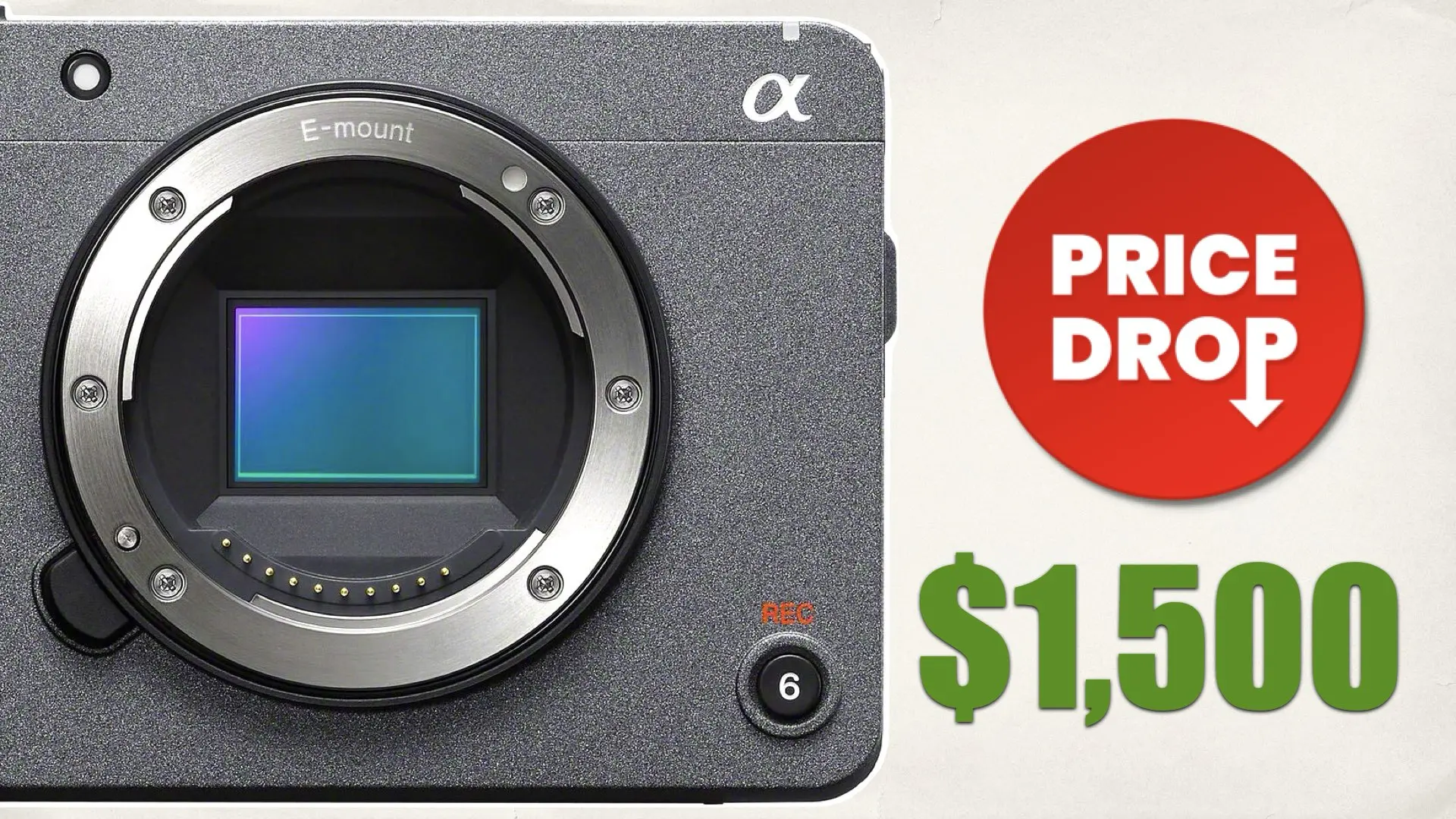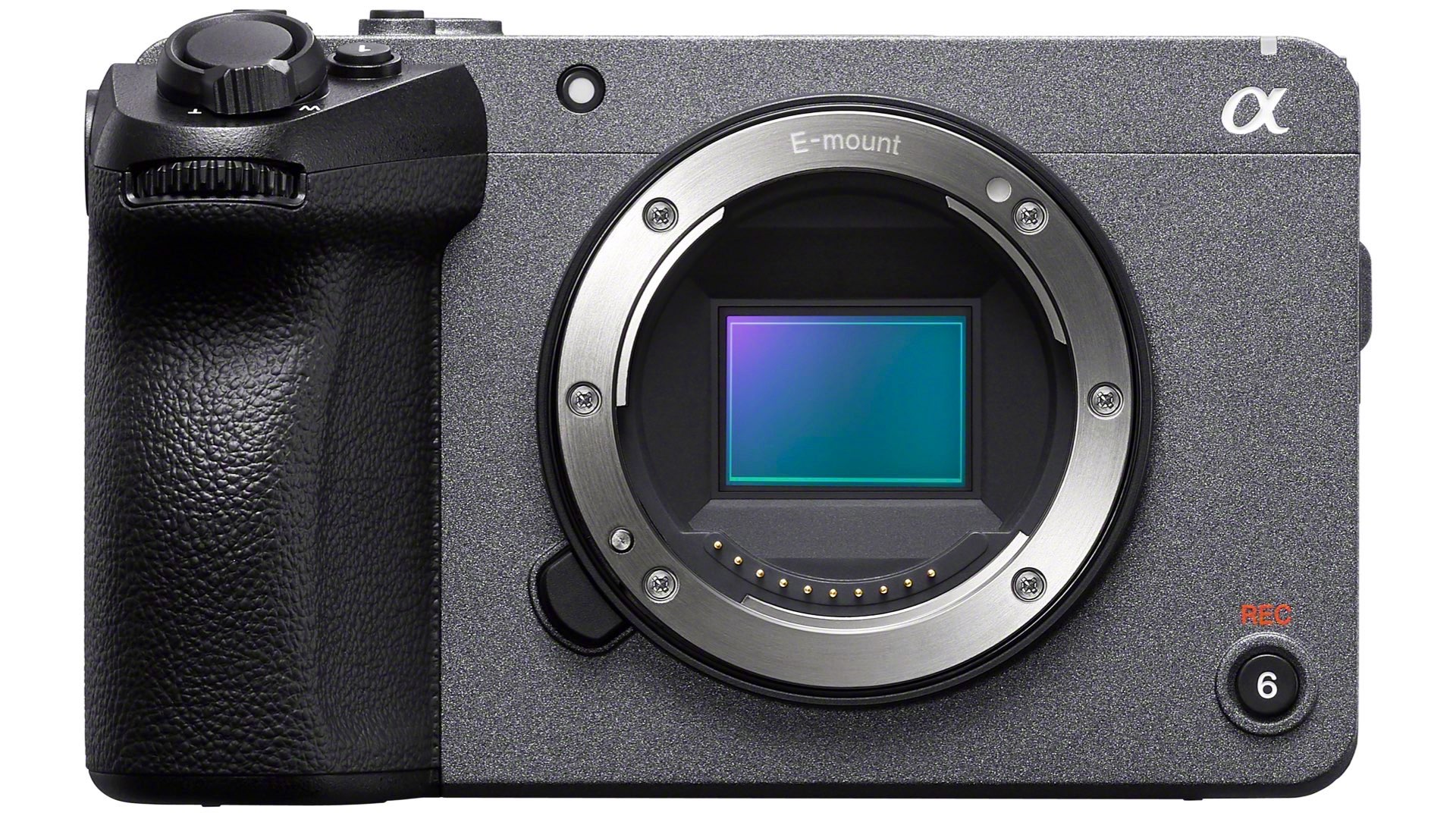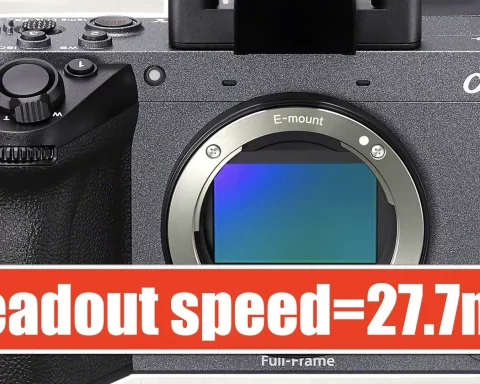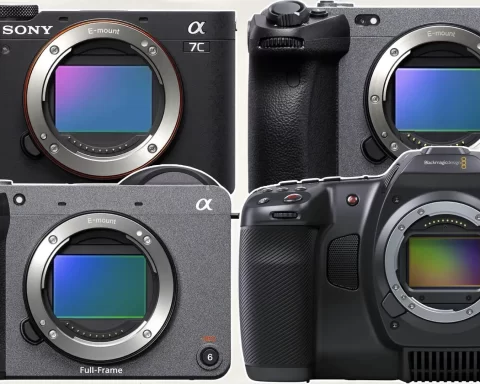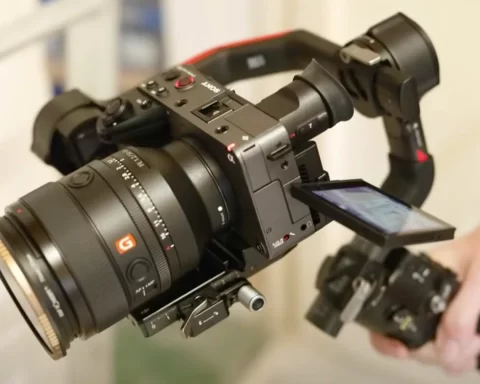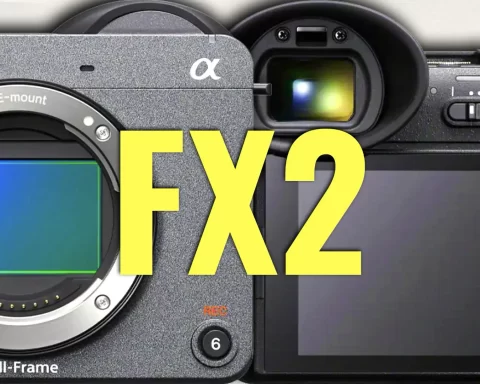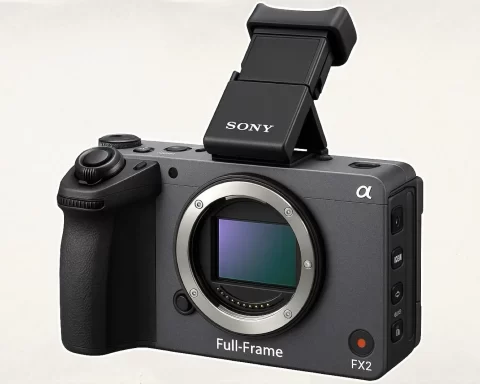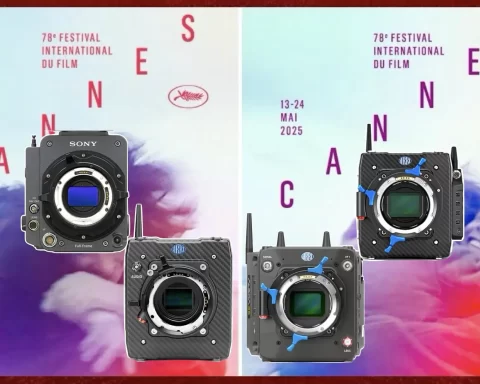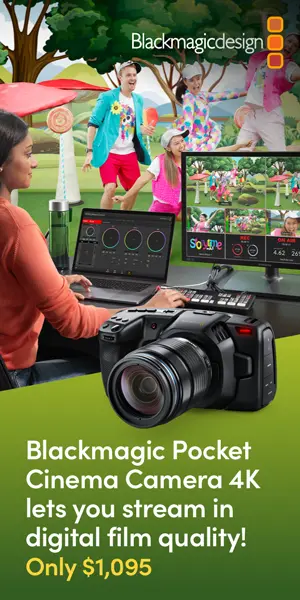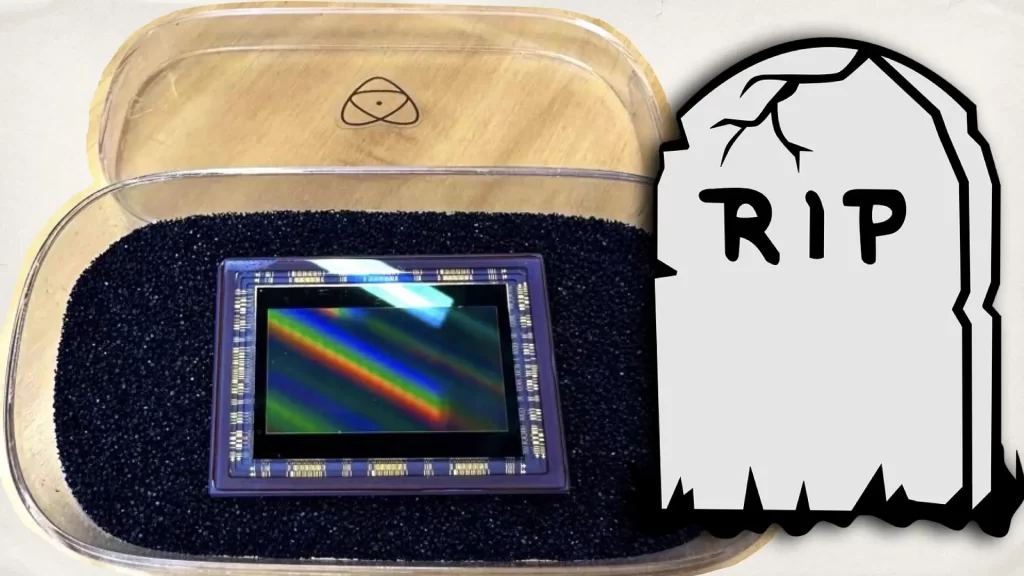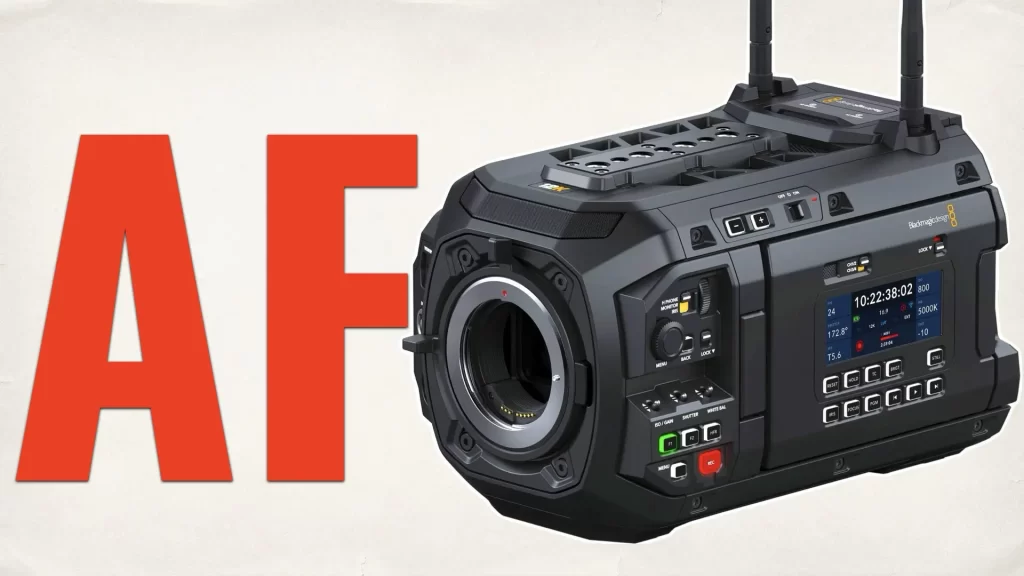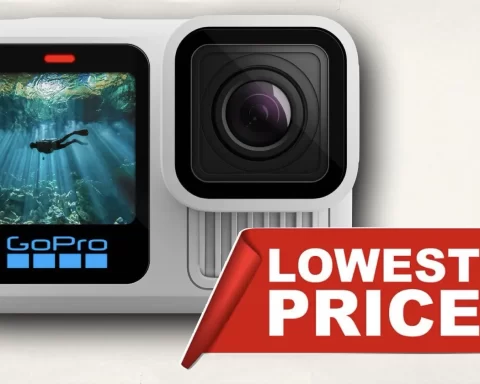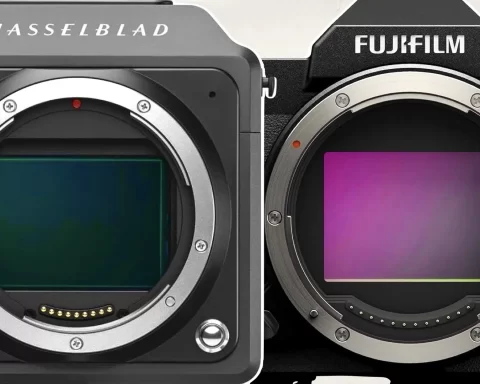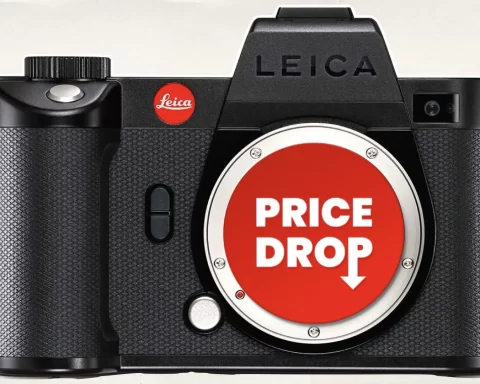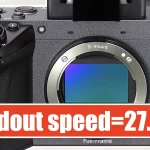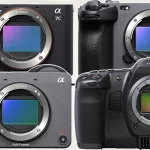The Sony FX30 is now priced at $1,500, its lowest official price so far. For those following the FX line or working with Super35 sensors, this is a notable update — not just because it’s cheaper, but because it makes the FX30 even more accessible as a serious filmmaking tool. This article breaks down what the FX30 is, what it does well, and where it fits in 2025’s cinema camera landscape.
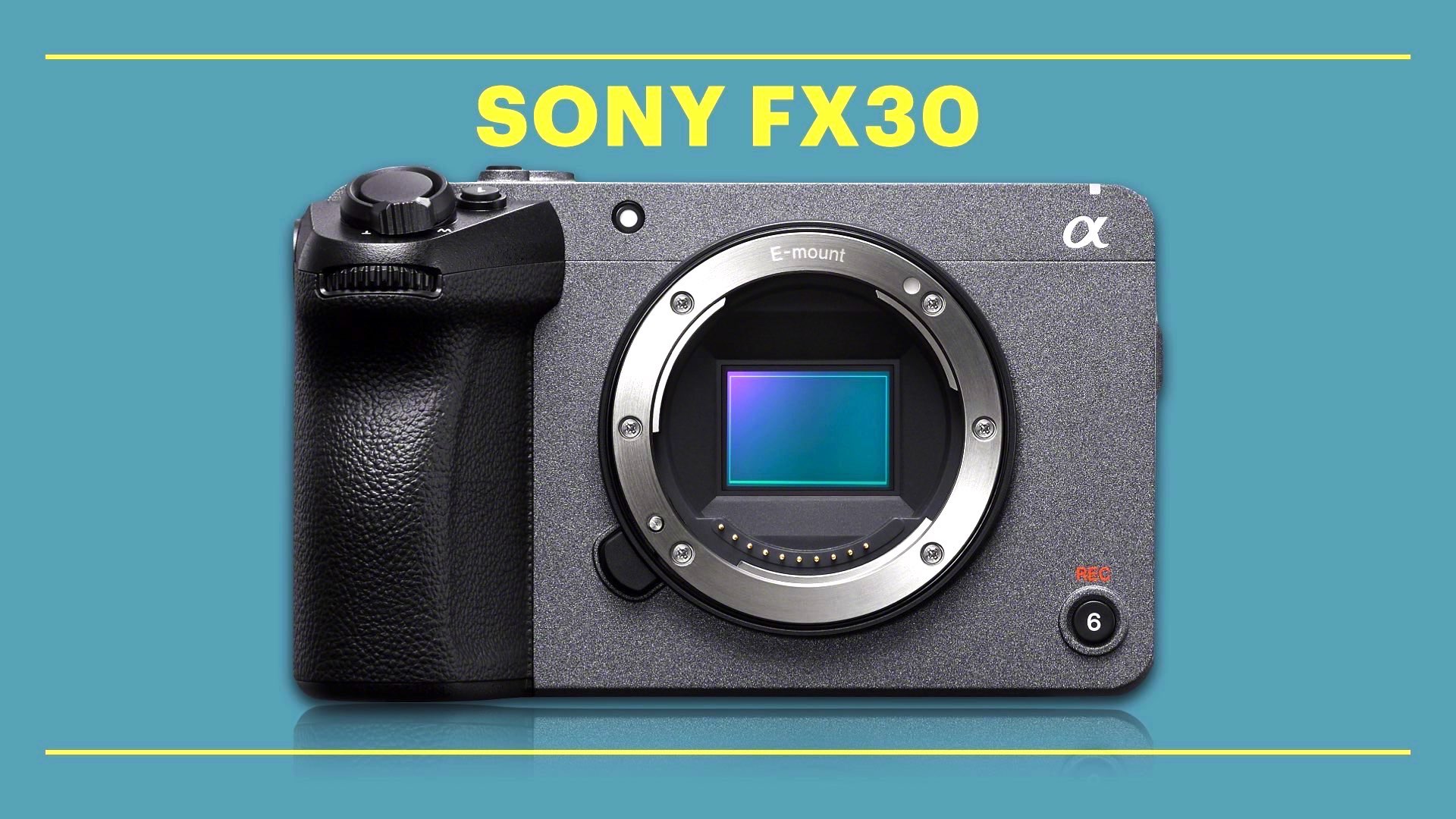
The idea behind the FX30 was simple: bring cinematic features to a lower price tier without cutting too many corners.
What is the FX30?
The Sony FX30 is part of Sony’s Cinema Line, sitting just below the FX3. It shares the same body design and general layout as the FX3, but instead of a full-frame sensor, it’s equipped with a Super35 (APS-C) 26.1MP BSI CMOS sensor. The idea behind the FX30 was simple: bring cinematic features to a lower price tier without cutting too many corners. That meant including features like 10-bit internal recording, S-Log3, S-Cinetone, dual card slots, fast hybrid autofocus, and 4K at up to 120fps — all in a compact, cage-ready form factor. For those familiar with the FX3 or even the A7S III, the FX30 feels like a natural extension of that ecosystem, just tailored for a different sensor format and price range. Here’s a full look at its key specs:
-
26.1MP APS-C BSI CMOS Sensor (Super35 format)
-
UHD 4K recording up to 120fps
-
10-bit 4:2:2 XAVC S-I internal recording
-
S-Cinetone, S-Log3, HLG with 14+ stops of dynamic range
-
Fast Hybrid AF with 495 points and Eye AF (human/animal)
-
Dual Base ISO (800 and 2500)
-
User LUTs and Timecode Sync
-
Dual CFexpress Type A / SD card slots
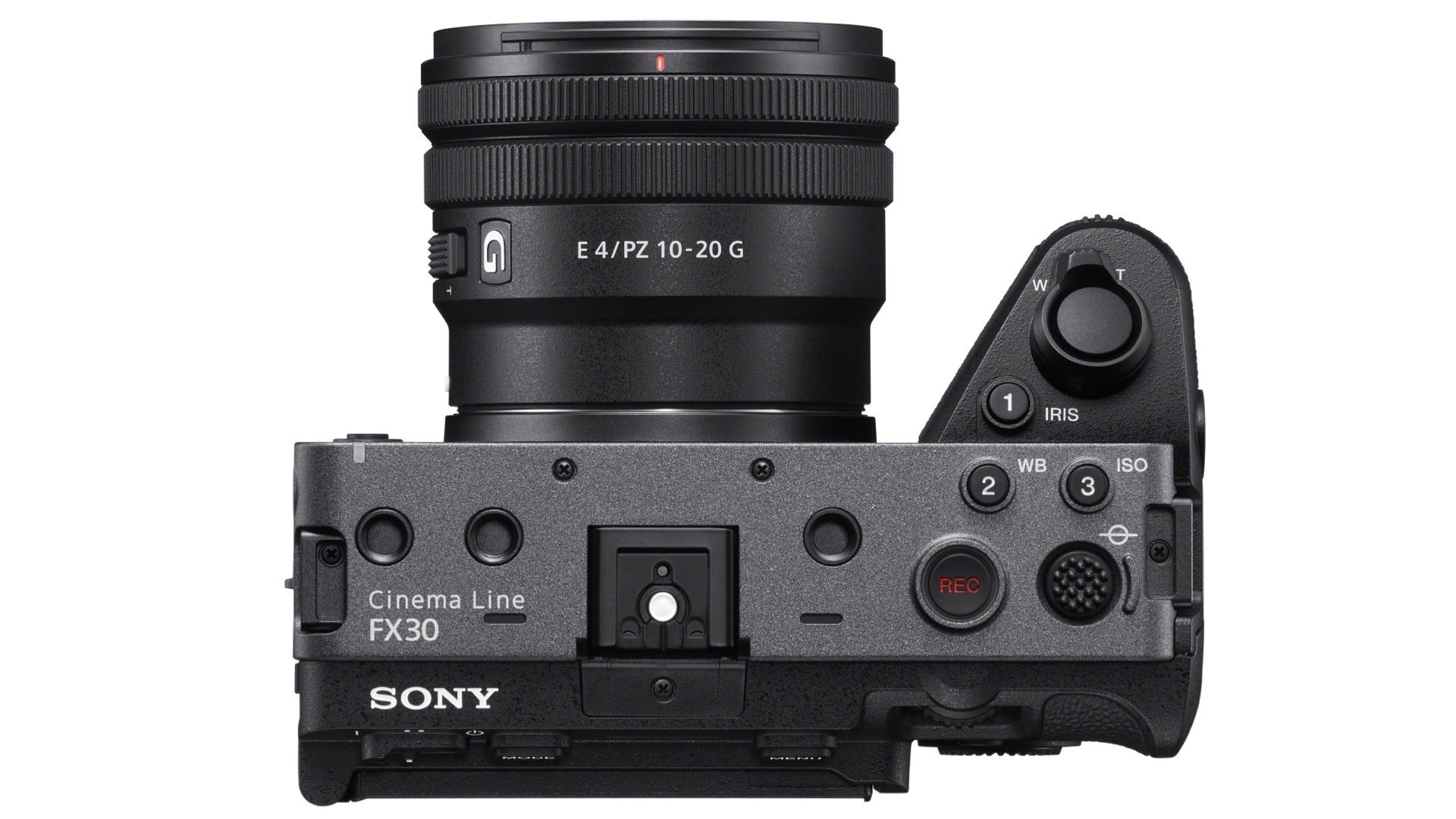
Design and Form Factor
The FX30 is compact, light, and ready to shoot without a cage. It has multiple 1/4″-20 threads directly in the body, which makes it easy to mount handles, monitors, or microphones without extra rigging. It also shares the same port layout as the FX3:
-
Full-size HDMI (with 16-bit RAW output up to 4K 60p)
-
USB-C (for data and power)
-
3.5mm mic input and headphone output
-
Multi-Terminal (Micro-USB)
-
MI Shoe for accessories like XLR modules
-
Timecode sync (via Sony’s VMC-BNCM1 adapter)
This gives the FX30 flexibility to scale from solo shooting to multi-cam setups without much hassle.
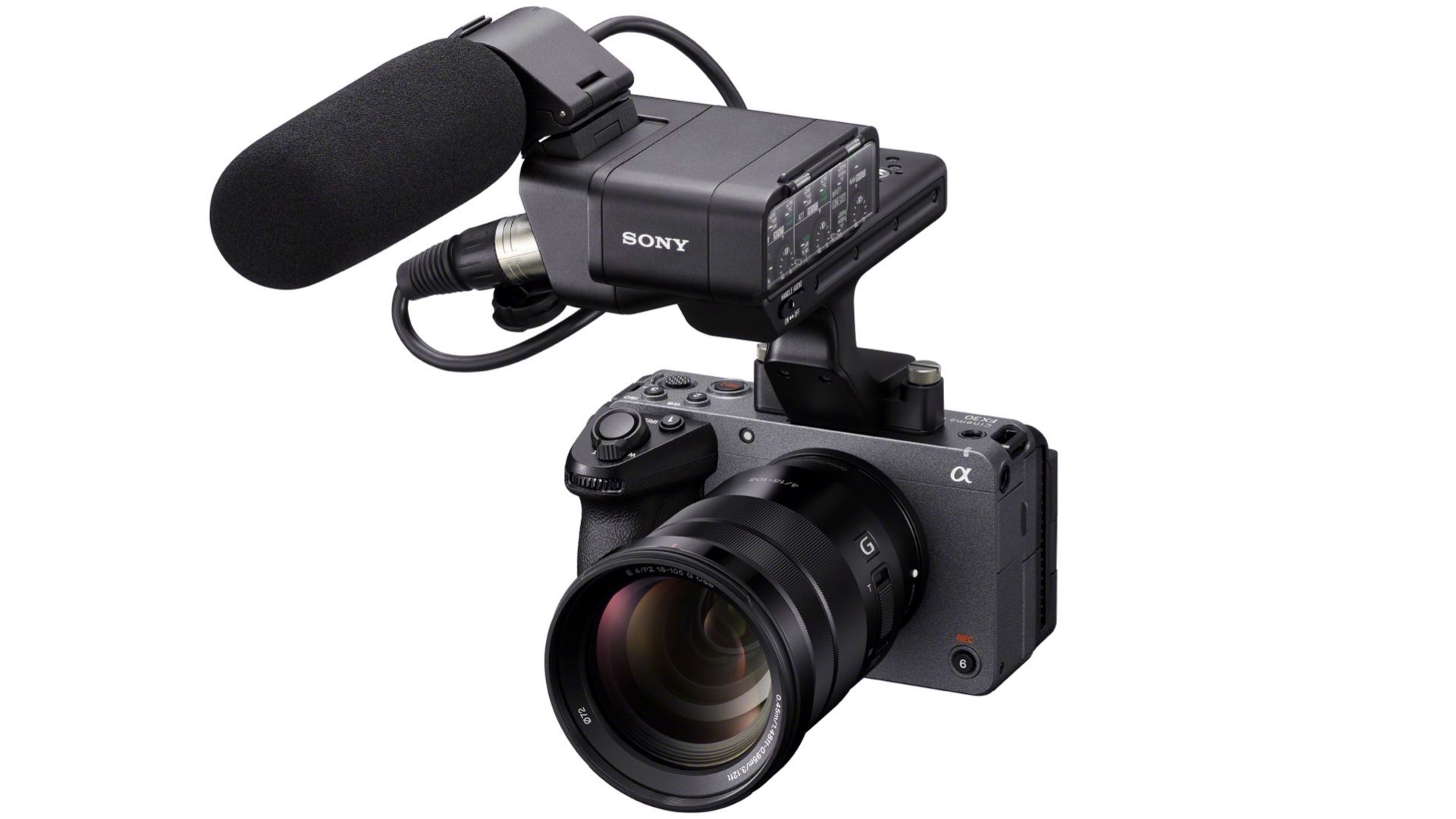
The FX30 doesn’t try to be a full-frame powerhouse. Instead, it’s a focused tool: compact, capable, and consistent. It has a few trade-offs, like rolling shutter and no built-in ND filters, but in exchange you get proper 10-bit codecs, advanced autofocus, and a real cinema workflow — all in a small, lightweight body.
Autofocus and User Tools
One of Sony’s strong points in recent years has been its autofocus performance, and the FX30 continues that trend. It features Fast Hybrid AF, combining phase detection with contrast detection, and covers about 90% of the image area. It includes useful AF tools like:
-
Real-time Eye AF and Real-time Tracking
-
AF Assist, which lets you switch to manual with a twist of the lens
-
Focus Map, a helpful way to visualize your depth of field in real time
For solo shooters and documentary work, having this kind of focus reliability makes a huge difference, especially when working with fast lenses and wide apertures.
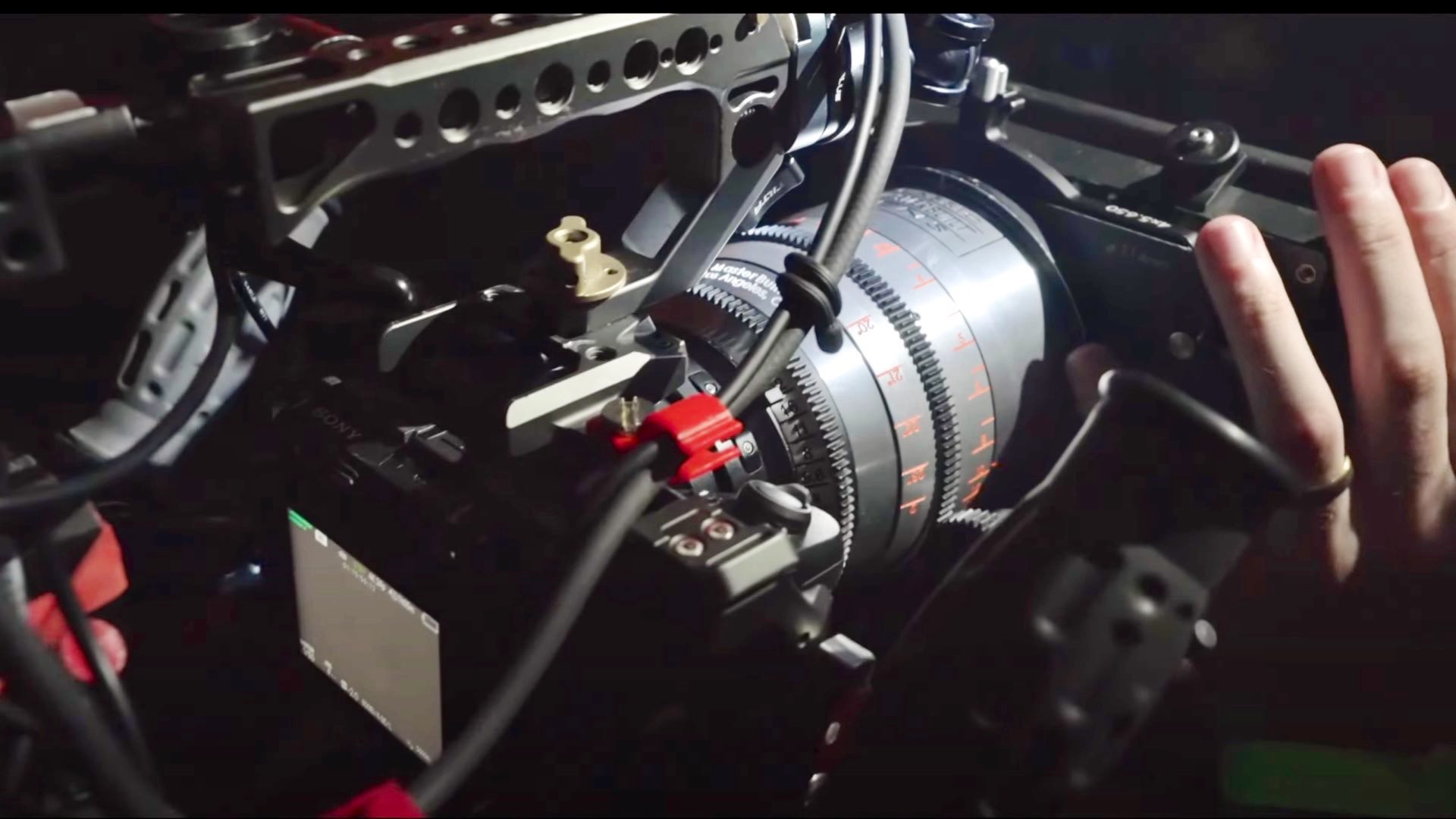
Image and Color Profiles
The FX30 supports several professional gamma and color modes:
-
S-Cinetone – Offers a ready-to-go cinematic look straight out of the camera.
-
S-Log3 – Allows for more dynamic range and flexibility in post-production.
-
HLG (Hybrid Log Gamma) – Useful for HDR workflows.
With 14+ stops of dynamic range, the FX30 is more than capable of handling contrast-heavy environments. Plus, the option to load and apply custom LUTs directly in-camera is a nice touch, especially for those who want to preview their grade on set.
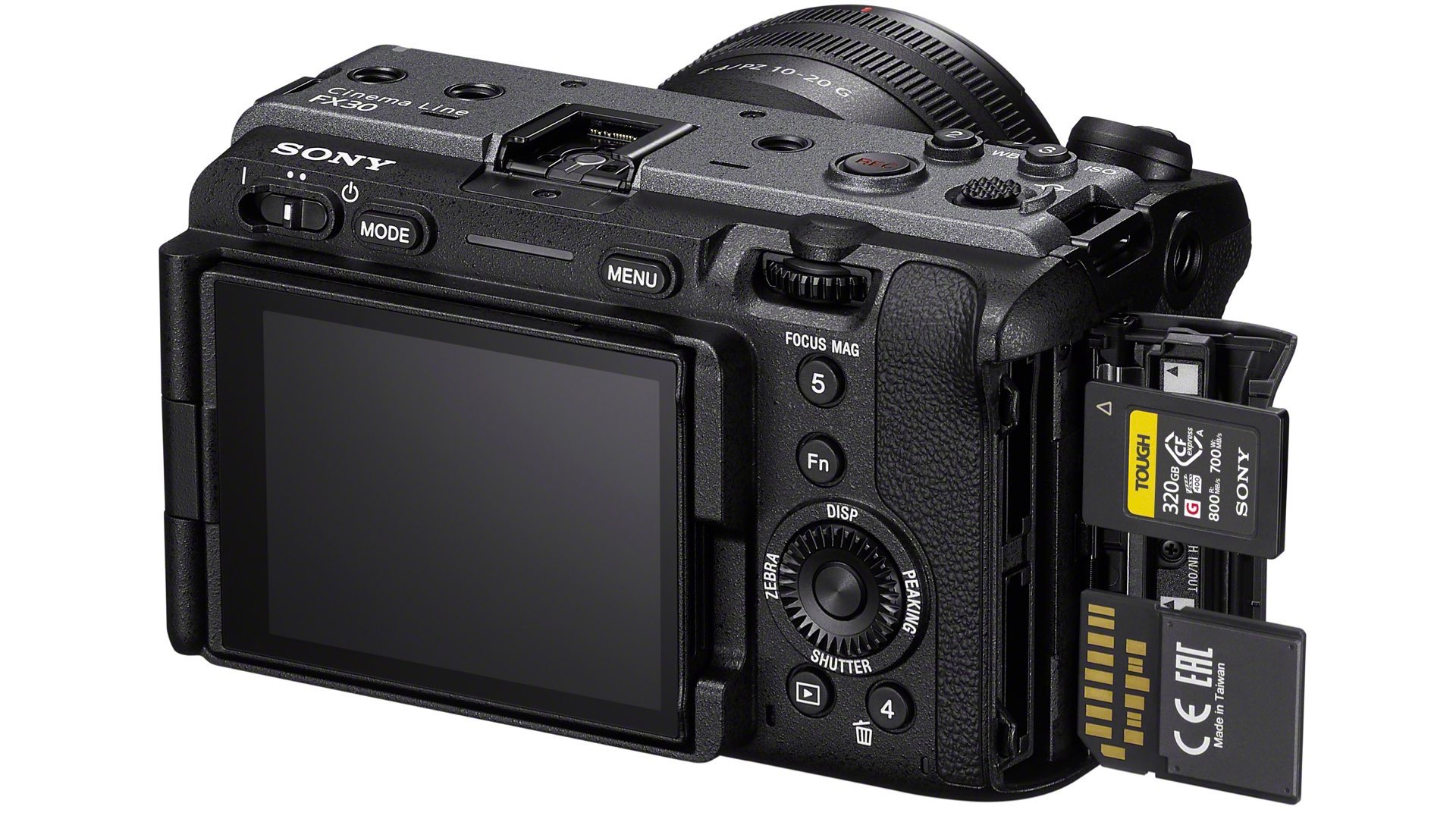
Rolling Shutter Considerations
One of the FX30’s known limitations is rolling shutter, which is something to be aware of, especially if you shoot fast-moving subjects or whip pans. When the FX30 first came out, early testing revealed noticeable rolling shutter artifacts. This isn’t unusual for cameras in this class and size, but it’s worth factoring into your decision if your work involves a lot of handheld motion or action shooting.
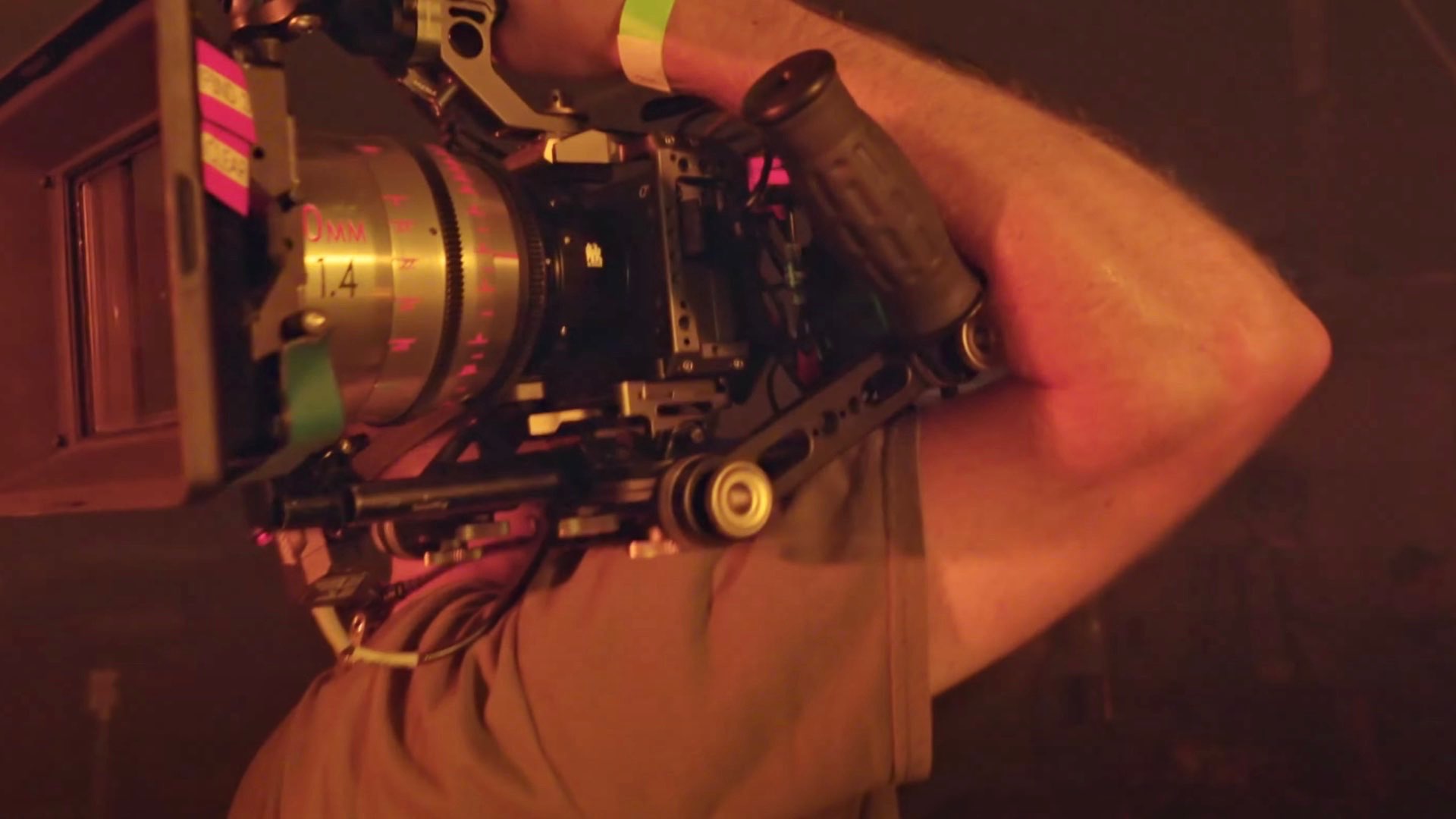
Why It Matters at $1,500
When the FX30 launched, it already positioned itself as a very competitive Super35 option — somewhere between Sony’s hybrid mirrorless models and its full cinema line. Now that it’s priced at $1,500, that positioning shifts even more toward the entry-level filmmaker, student, or indie creator looking to shoot with high-end specs but without breaking their budget. This drop also makes it a strong B-cam option for those already working with FX3s, A7S III units, or even larger Sony cinema gear. It’s currently featured in our round-up of the best cinema camera deals — and not just because it’s cheap, but because it sits in that sweet spot of capability, usability, and reliability.
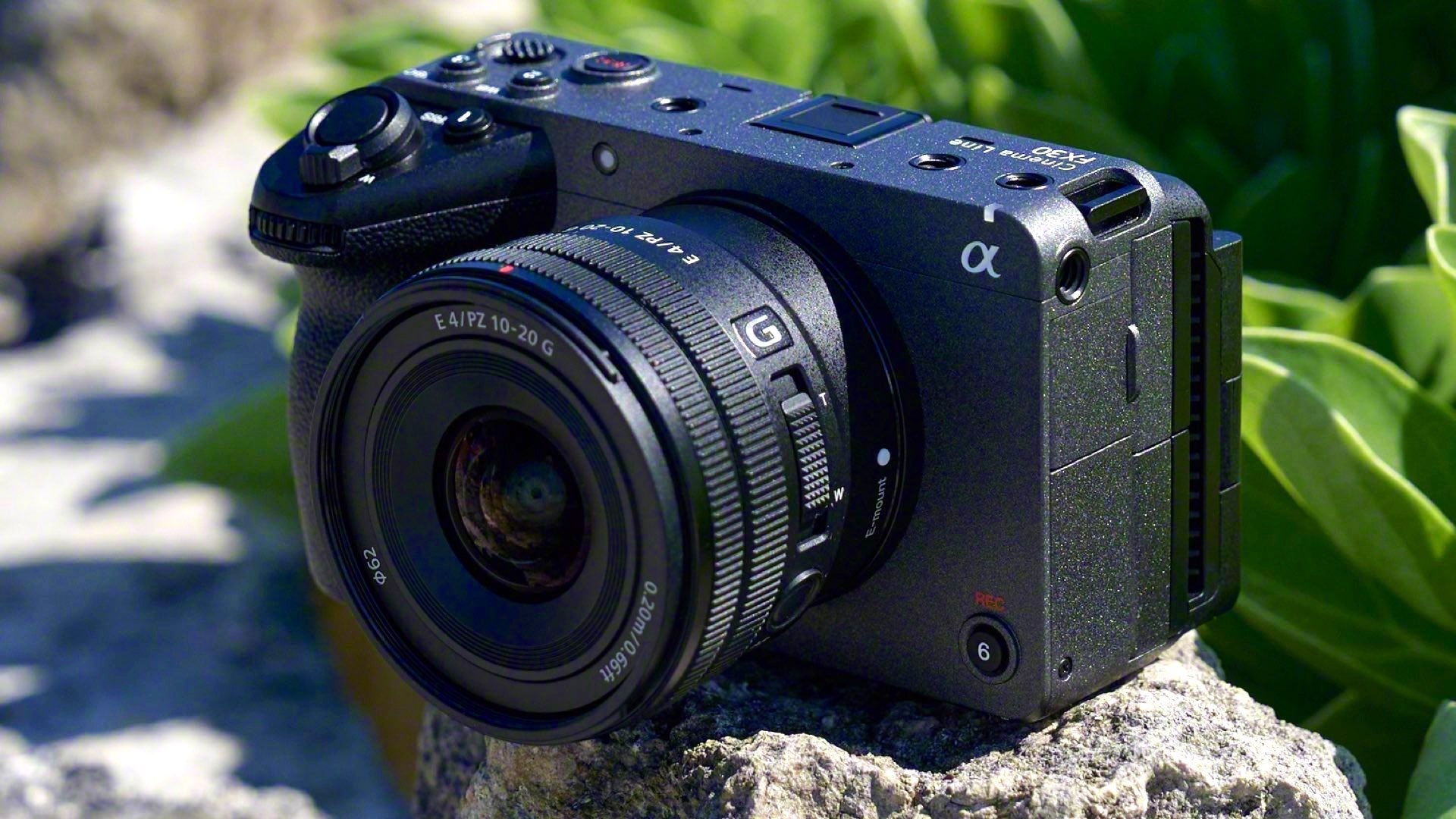
Final Thoughts
The FX30 doesn’t try to be a full-frame powerhouse. Instead, it’s a focused tool: compact, capable, and consistent. It has a few trade-offs, like rolling shutter and no built-in ND filters, but in exchange you get proper 10-bit codecs, advanced autofocus, and a real cinema workflow — all in a small, lightweight body. For those shooting documentaries, YouTube, short films, or narrative projects in controlled environments, the FX30 still holds its ground as one of the more thoughtfully designed Super35 cinema cameras out there — and now, it just happens to be more affordable.

